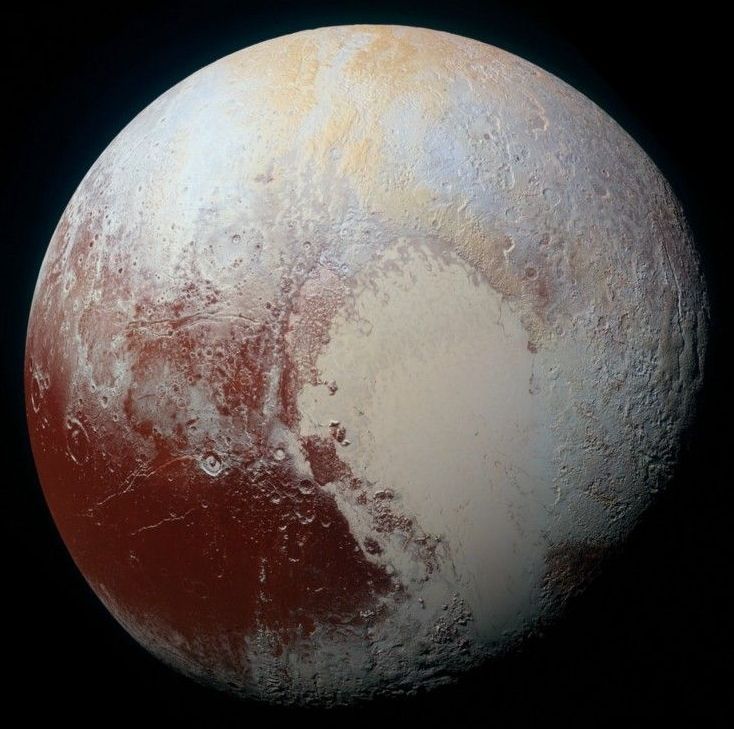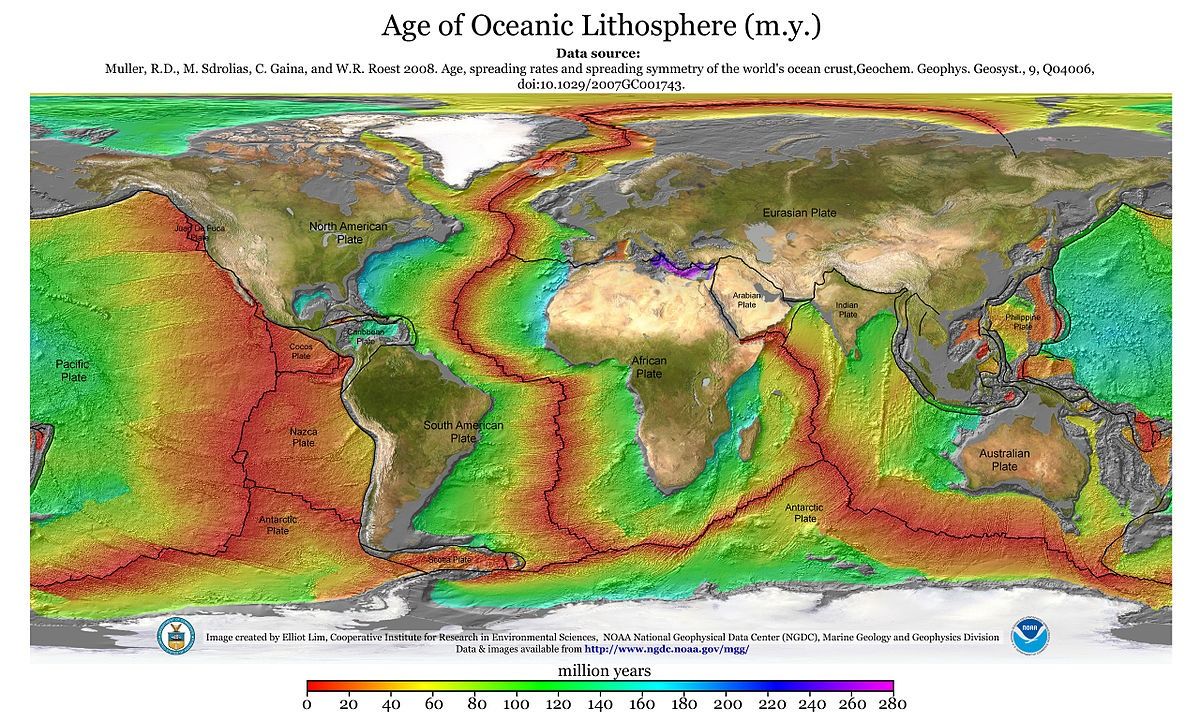People who live on Mars may need to be genetically altered to be resistant to radiation. And while it might seem a long way off, research is already underway to work out how this can be done.
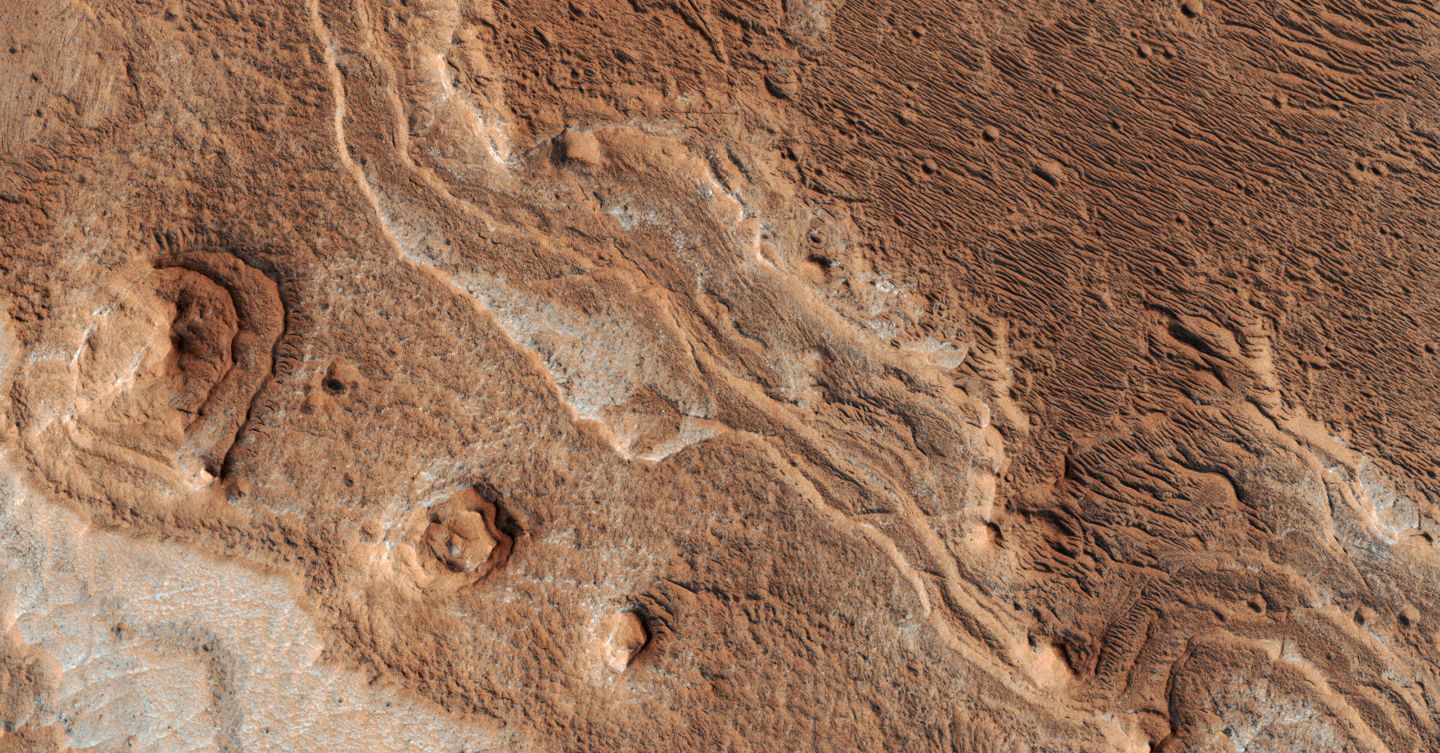

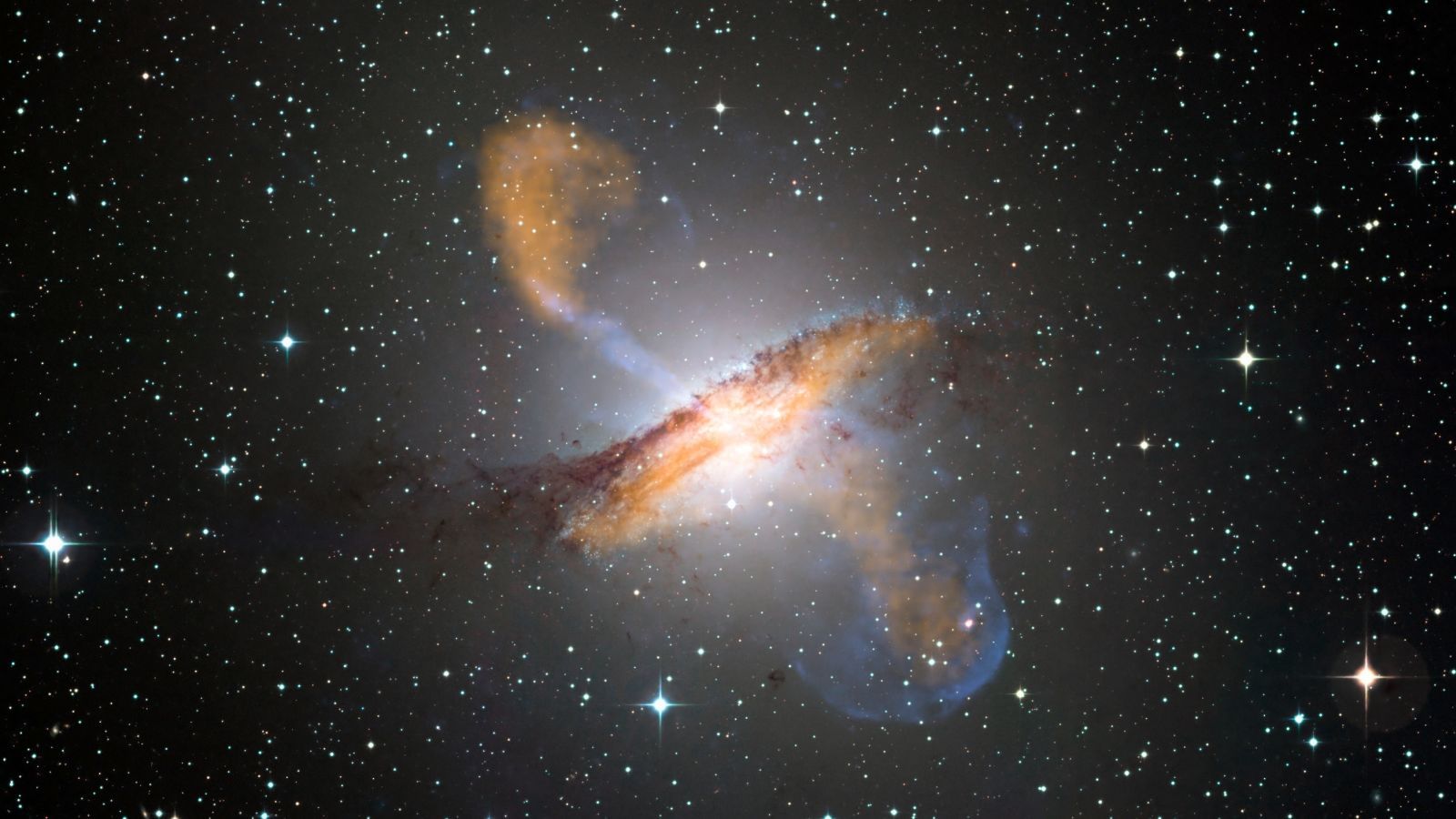
Scientists thought the Milky Way and Andromeda galaxies were unique: They’ve got rings of smaller dwarf galaxies orbiting in what seems to be a synchronized fashion. But when a team of scientists recently looked at another galaxy, they realized it also seemed to shepherd a flock of dwarfs in a strange, synchronized dance. That’s not supposed to happen.
An international team of four researchers noticed the behavior in the elliptical Centaurus A galaxy, 30 million light years away from our own Milky Way. Dwarf galaxies should travel randomly around their parent, based on the standard theory of how galaxies form. Seeing yet another galaxy with this strange behavior is highly unlikely, and calls into question the very model that scientists use to understand structure in our universe.
Sure, you would expect to find one galaxy with this behavior, study author Oliver Müller from the University of Basel in Switzerland told Gizmodo. “But two or three is startling.”
This plane will go to space and back in 5 hours.
NASA has tested a tiny reactor that could power homes on Mars.
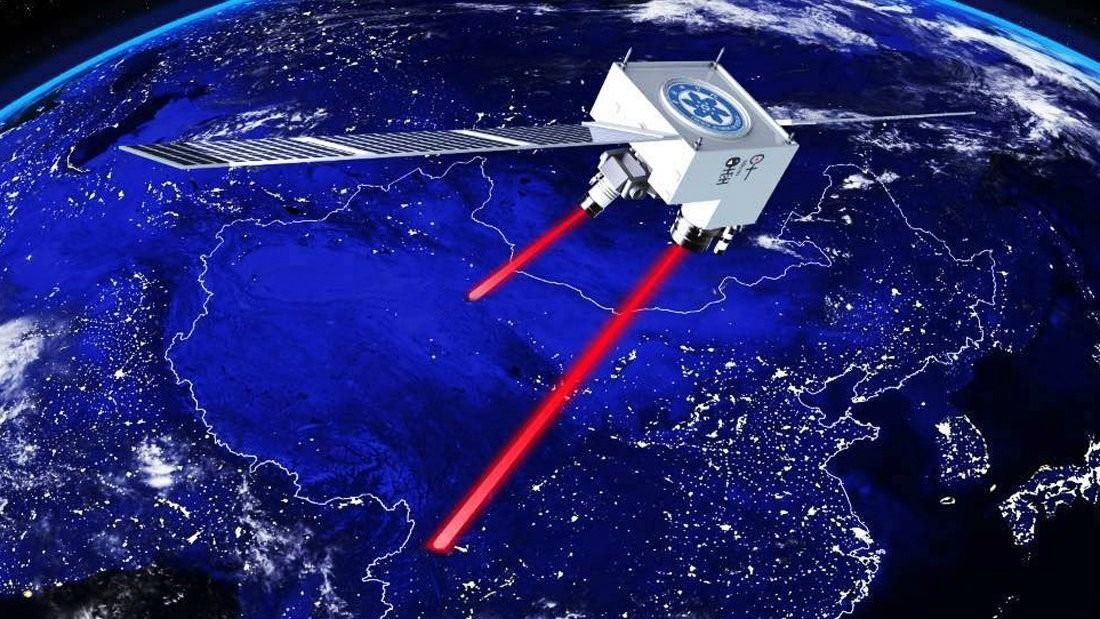
The Chinese “Micius” satellite has successfully set up the world’s most secure video conference, using quantum cryptography to connect scientists in Europe and China for an unhackable, intercontinental chat.
The feat marks another milestone for the satellite, officially called Quantum Experiments at Space Scale (QESS), which only last year was making headlines for transmitting an “unbreakable” quantum code to the Earth’s surface.

As artificial intelligence advances at an unprecedented pace, we tend to see its arrival in emotional terms — usually, either excitement or fear. But Noumena, a collective of designers, engineers and architects, is looking at AI and robots more practically. What form will they take, how will they survive and develop, and where will they live? It aims to explore those idea with an exhibition entitled “Robotic Habitats.”
Noumena’s project assumes that deep learning systems will grow out of their narrow Go-playing abilities and soon match humans at many, if not most, tasks. While that would put them on par with us, it doesn’t mean they would live the same way, though. “Society will need to develop a framework for both to thrive,” explains Neumena on its website. “A new form of artificial life will emerge, finding space at the peripheries of humanity in order to not compete for human-dominated resources.”
